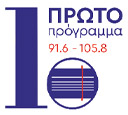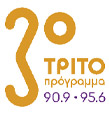An unusual “icon” from Cappadocia
Icon with the allegorical representation “Exomologetarion”.
Late 18th – early 19th century.
BXM 1322
The representation entitled “Exomologetarion” refers allegorically to the sacrament of confession and its impact. It pictures a faithful confessing to a clergyman his sins shown coming out of his mouth in the form of serpents. To the left, the faithful is portrayed dressed in white garments, receiving absolution by the priest and, now relieved, is accompanied on his way by an angel who, in the icon’s top left section, points at the reward the man earned through the act of confession, namely Heaven. In the upper part of the representation are depicted the Holy Trinity and angels —of which the first two hold a wreath and a writing-tablet bearing the inscription “ΛΕΓΩ ΓΑΡ ΥΜΙΝ ΟΤΙ ΧΑΡΑ ΓΙΝΕΤΑΙ ΕΝ ΟΥΡΑΝΩ ΕΠΙ ΕΝΙ ΑΜΑΡΤΩΛΩ [ΜΕΤΑΝΟΟΥΝΤΙ]” (a paraphrase of passage 15:7 of the Gospel according to Luke: “I tell you that in the same way there will be more rejoicing in Heaven over one sinner who repents”).* In the lower part of the icon, Hell is illustrated with the sinners arranged in groups depending on their sin.
This version of the iconographic theme was particularly widespread in the provinces of the Orthodox Church. It appeared in the last decades of the 18th century, however, other forms, slightly different to our example existed already at the beginning of the 18th century. The emergence of the theme was associated with the need of the Church to emphasize to the faithful the perils they would face if they failed to confess on a regular basis. The fact that there was a need for such a prompt, rendered in an evocative manner, implies that many faithful had distanced themselves from this sacrament.
It is known that the significance of the sacred mystery of confession was highlighted in ecclesiastical texts as early as the 17th century. More specifically, in the 17th century, the Orthodox “Exomologetaria” books first made their appearance, rooted in the Roman Catholic Church, that described the significance as well as the rite of the mystery of confession and gave instructions on how to properly perform it. Presumably, similar advice was given by the priests and preachers from the ambo inside churches during the Liturgy or on other occasions.
Although this work conforms to the technique of portable icons, it did not constitute a cult object like a proper icon. It is an image aiming at ecclesiastical teaching, addressed to the faithful in a pictorial manner. The work comes from a Greek-speaking community of Cappadocia, although we do not know exactly which one. Georgios Soteriou received the icon from the Heirlooms Committee on February 16 1925, accompanied by a proof of receipt. That same year, Soteriou obtained an almost identical refugee heirloom (the only difference being that it did not illustrate Hell in the lower part), from Tavlosun in Caesarea (BXM 10800). In 1930, he exhibited both works (BXM 1322, BXM 10800) in the left wing of the “Villa Ilissia” courtyard, in a room where works of “byzantine and post-byzantine folk art” were collectively displayed. The reference to the “folk” element demonstrates that Soteriou was capable of appreciating already at that time, the modern character of these works, in that they alluded to phenomena associated with the sweeping change in medieval attitudes. The work presented here (BXM 1322) remained in the same room until the 1990s, when that space was no longer used for exhibition. It was moved to the Museum’s storeroom and from there to its new permanent exhibition in 2010.
* Luke 15:7 (New International Version - UK), www.biblegateway.com
DOWNLOADS
Handwritten catalogue of refugee heirlooms from Cappadocia planned to be handed over to the Byzantine and Christian Museum. The paper featuresa logo that reads “Εφορεπιτροπεία Τυάνων” (Board of Commissioners of Tyana); however, it is not certain that all documented objects came from Tyana. The “Exomologesis” icon was assigned the accession number 14.(pdf / 1,4 MB)
Typed proof of receipt of Asia Minor heirlooms, among which the “Exomologesis” icon was registered as item no. 22.(pdf / 5,4 MB)


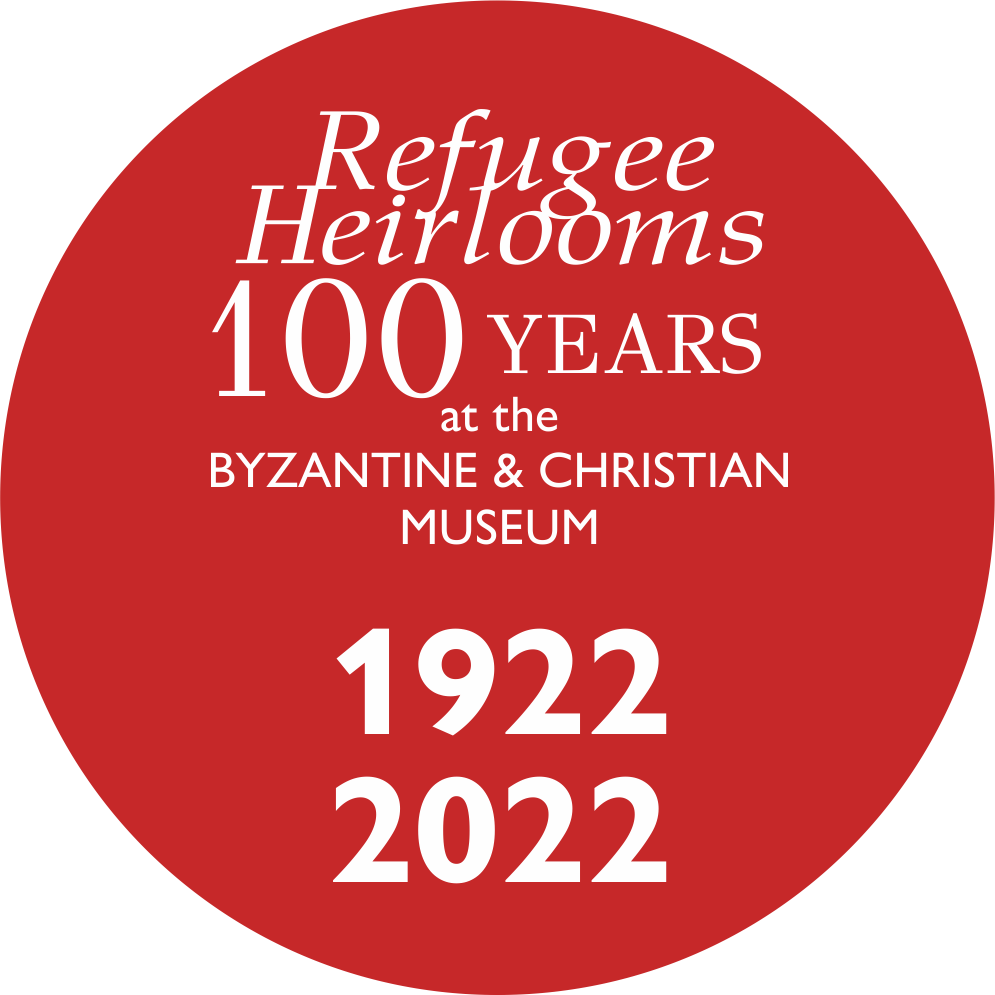
.jpg)
.jpg)
.jpg)
.jpg)
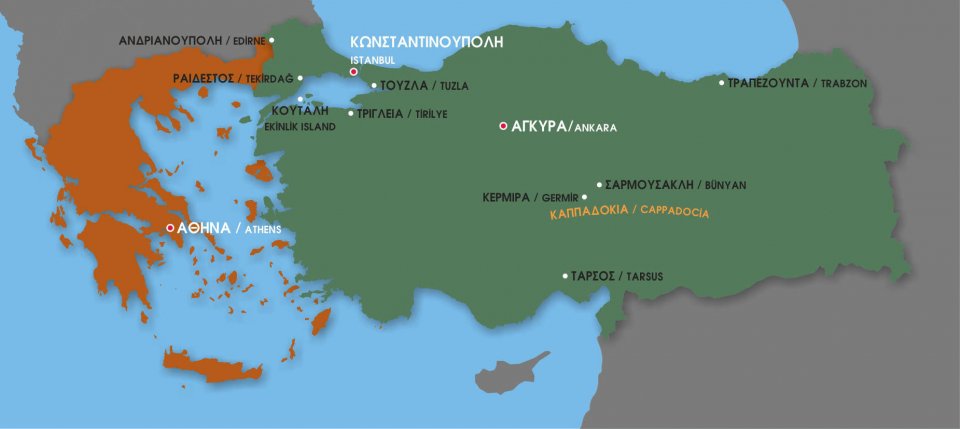
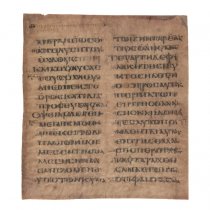 Purple Gospel
Purple Gospel .jpg) The double-sided icon from Tuzla
The double-sided icon from Tuzla .jpg) An emblematic refugee “relic”
An emblematic refugee “relic” 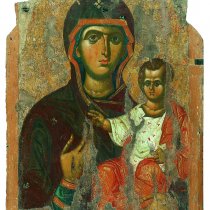 A byzantine Hodegetria
A byzantine Hodegetria 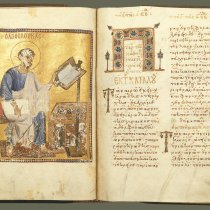 An Evangelistary from Trebizond
An Evangelistary from Trebizond .jpg) A significant Palaeologan work
A significant Palaeologan work 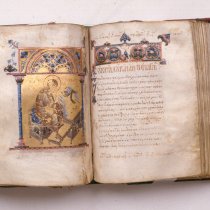 Tetraevangelion from Adrianople
Tetraevangelion from Adrianople .jpg) A Cretan icon from Eastern Thrace
A Cretan icon from Eastern Thrace .jpg) “Joined in matrimony”
“Joined in matrimony” 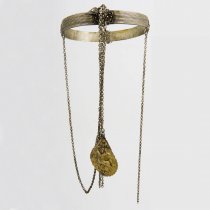 A peculiar neckband
A peculiar neckband 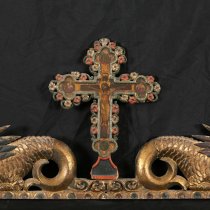 Fragmented memory
Fragmented memory .jpg) Zumzud, the pilgrim
Zumzud, the pilgrim .jpg) A refugee heirloom in “Russian style”
A refugee heirloom in “Russian style” .jpg) An unusual “icon” from Cappadocia
An unusual “icon” from Cappadocia .jpg) "He (the Lord) keeps all their bones …" (Psalm 33: 21)
"He (the Lord) keeps all their bones …" (Psalm 33: 21) .jpg) A Karamanli icon
A Karamanli icon 
